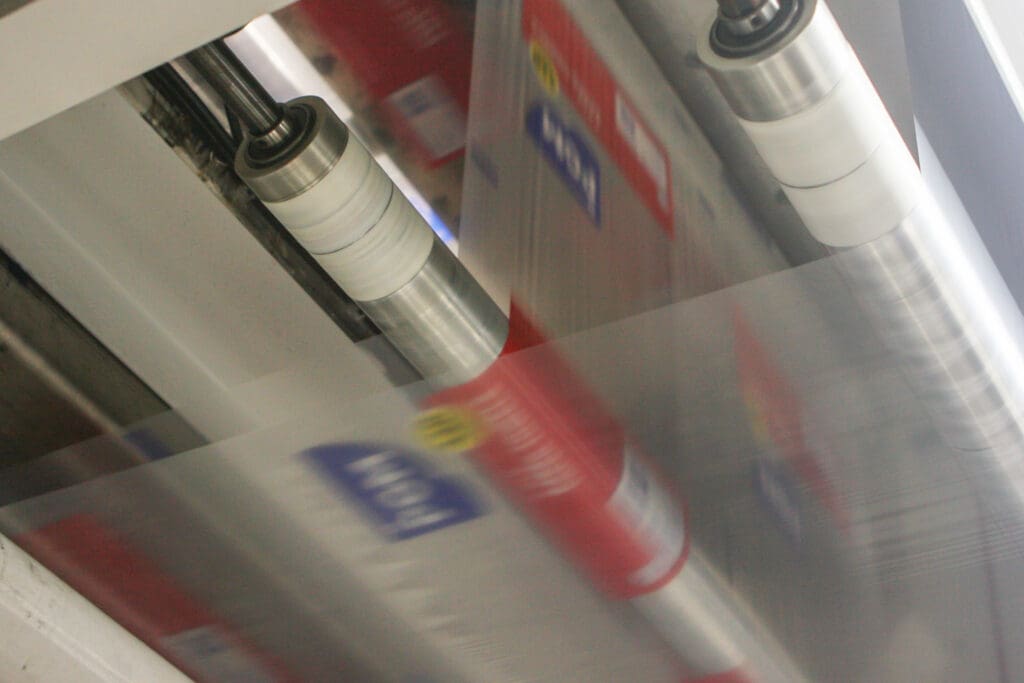Corona Treating for Film Converting and Extrusion Applications
Enercon Corona treaters improve adhesion for converting and extruding film
The key to successful treatment is understanding the unique application variables of each type of application.
Get insights on how to optimize corona, plasma and flame surface treating for printing, coating, laminating, blown film, cast film and extrusion coating.
Learn why watt density is the best way to control treatment levels on printing lines. Find out how to optimize your blown film line layout for treatment success. learn about new surface treating applications for EV batteries.
From the basics of corona to advanced insights we’ve collected the content you need to understand how to implement corona treating into your operations.
For more information please contact our application experts directly.
WEB TREATING Applications
Find out how combining corona, flame & ozone produces better bonds.
Learn how corona treating improves material performance for battery manufacturing applications.
GET IN TOUCH Get Free Expert Insights on Web Treating.
Our experts will help you troubleshoot existing issues and find solutions for your future projects. Call us at +1 262.255.6070.







